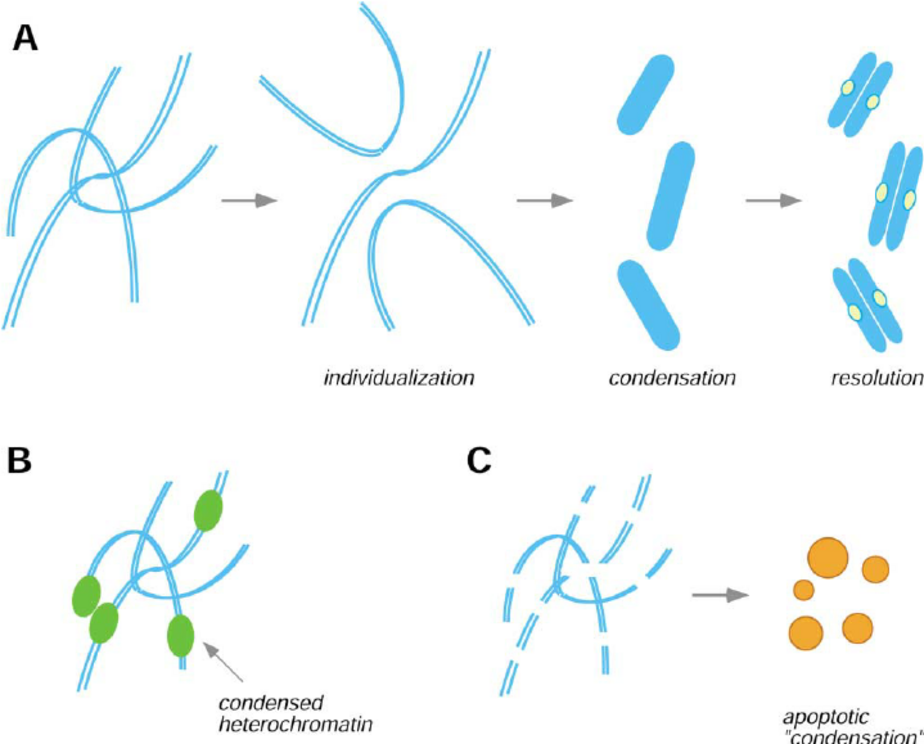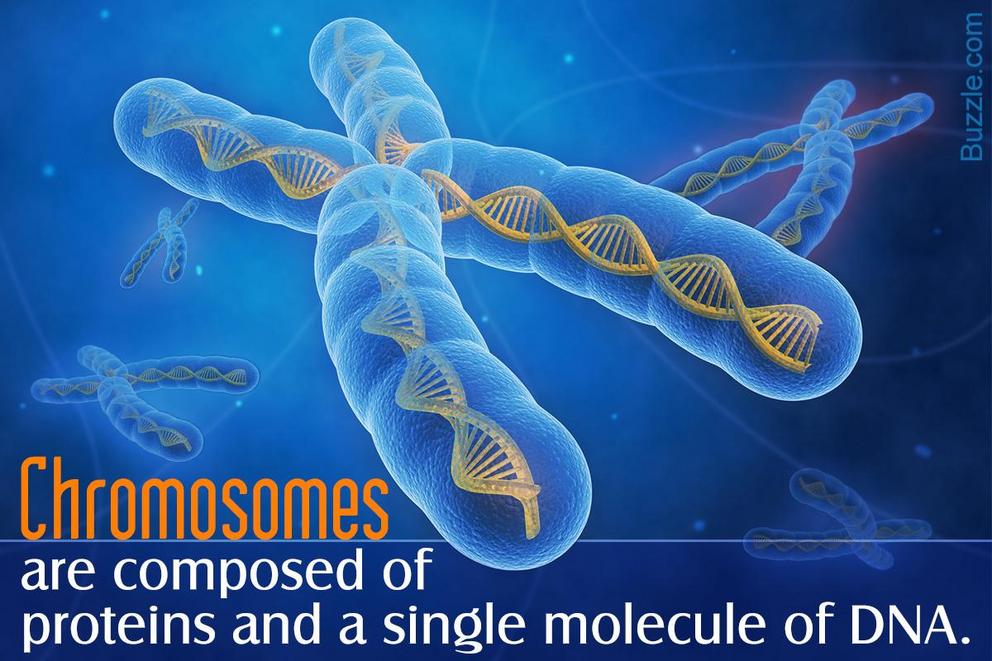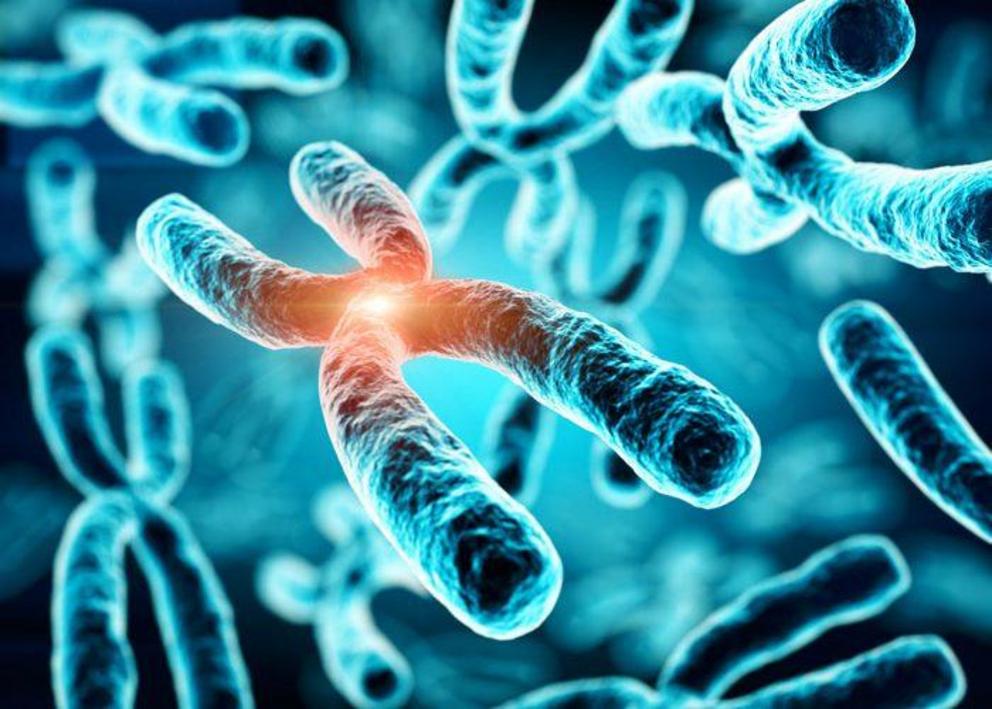The movement of chromosomes has been mapped for the first time and it's mesmerising
Watch them go!
Our DNA and chromosomes are the basic genetic information that make us what we are. Now, in a new first, scientists have figured out how our chromosomes move inside our cells – and that this movement may play a role in our health.
There are 3 billion base pairs of DNA packed into 23 human chromosomes, wrapped as long strings around proteins. Most of our cells contain 23 pairs of chromosomes - which means there are around 6 billion base pairs of DNA per cell.

This is a lot of material packed into a teeny tiny space, yet somehow it doesn't get tangled. This is what the research team has figured out, using the power of computer modelling.
"Rather than the structure, we chose to look at the dynamics to figure out not only how this huge amount of genetic information is packaged, but also how the various loci move," said biophysicist Dave Thirumalai of the University of Texas at Austin.
"We learned it is not just the genetic code you have to worry about. If the timing of the movement is off, you could end up with functional aberrations."
The research team examined two different human chromosomes - 5 and 10 - to see how they move. In the gif above you can see chromosome 5. Just after replication - part of the process of cell division - it starts out looking like a messy bit of string.

However, it then starts to pull itself together, first into clumps along its length - like beads on a string, the researchers said - then collapsing into a tight ball.
They observed that, overall, the movement of the chromosome was somewhat sluggish, and that some parts moved faster than others. In addition, the chromosomes move differently within different cells - perhaps slower in some than in others, for instance. This, the researchers think, could have an effect on how cells behave.
It could also have health implications - genes on both chromosomes are associated with a range of ailments. For chromosome 5, that's Parkinson's disease, some forms of leukaemia, and male infertility.
Chromosome 10 is associated with a blood disease called porphyria (which famously is thought to have afflicted the British King George III, although this has been disputed), an aggressive type of brain cancer called glioblastoma, and a type of congenital deafness.
We know where the genes associated with these ailments are located on the chromosome, what is called the locus. But this new research suggests that just knowing where they are might not tell the whole story. How those loci move in space could also play a role.
"Gene expression, one of the most important biological functions of cells, is a dynamic process rather than a static state," said biophysicist Guang Shi of the University of Maryland.
"For every gene to be expressed in human cells, the distant regions of the chromosome must come into contact. When these dynamical processes are disrupted, cells may die due to the failure of expression of a few crucial genes or sometimes becomes a cancerous cell."
Exactly how these contacts occur, however, and any differences in these dynamics during the development of disease, needs to be the topic of further research.
But this is on the agenda for what the team intends to research in the future.
"It would be very interesting to see if the chromosomes in a cancer cell, where there is some mutation, if the movement is different," Thirumalai said.
The research has been published in the journal Nature Communications.
For the rest of this article please go to source link below.

